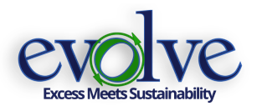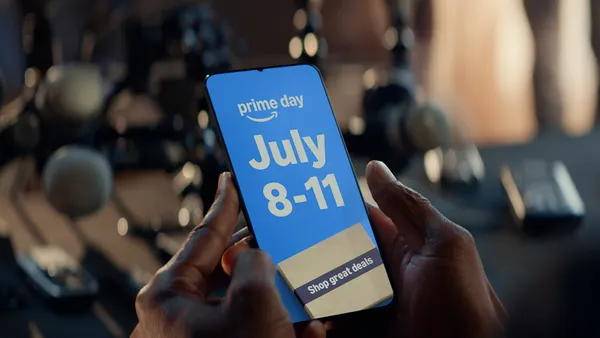Dive Brief:
-
The U.S. presidential election is taking a bite out of consumer sentiment, according to the University of Michigan’s consumer sentiment index, which this month slipped to its lowest level in two years.
-
The index, which sampled 500 U.S. consumers in October, fell to 87.2 from 91.2 in September. The median projection in a Bloomberg survey similarly called for 88.2 after a preliminary reading of 87.9 earlier this month. Long-term inflation expectations declined to a record low, according to Bloomberg’s measure. Economists had expected the consumer sentiment index to hit 88.2 in October, down from 91.2 in September final reading, according to Thomson Reuters estimates cited by CNBC.
-
Real gross domestic product rose at an annual rate of 2.9% in the third quarter, according to the "advance" estimate released Friday by the Bureau of Economic Analysis, up from the 1.4% boost in the second quarter, the U.S. Commerce Department said. The rise reflected increases in household spending, exports, private inventory investment, federal government spending and inventories, mitigated by softening in residential housing and state and local government spending.
Dive Insight:
The October reading from the University of Michigan’s survey reflects some anxiety on the part of consumers, half of whom are anticipating an economic downtown in the next five years, but the survey’s chief economist Richard Curtin said that the rise could simply reflect a "temporary bout of uncertainty caused by the election."
“The October decline was due to less favorable prospects for the national economy, with half of all consumers anticipating an economic downturn sometime in the next five years for the first time since October 2014,” Curtin said in a statement. “Objectively, the probability of a downturn during the next five years is far from zero — this would be the longest expansion in 150 years if it lasted just over half of the five year horizon.”
For consumer spending to increase, employment and wages will also have to get a boost, he said, adding that an anticipated tick up in the interest rate from the Federal Reserve will not likely have much impact.
“Along with small increases in interest rates, consumers also anticipate a mild slowdown in job creation that is likely to prevent any further declines in the national unemployment rate,” he said. “To be sure, these changes are all anticipated to be small during the year ahead. Overall, real personal consumption expenditures can be expected to increase by 2.5% through mid 2017.”
While there’s been no movement in Congress toward increasing the federal minimum wage beyond the current $7.25 per hour, several municipalities and many states have boosted their minimums. In the current climate, most retailers must pay above the federal minimum and many state minimums in order to attract and keep workers in their stores and distribution operations. Five states have proposals to raise their minimum wages on the ballot this year and both presidential candidates have voiced support for raising the federal minimum wage.












